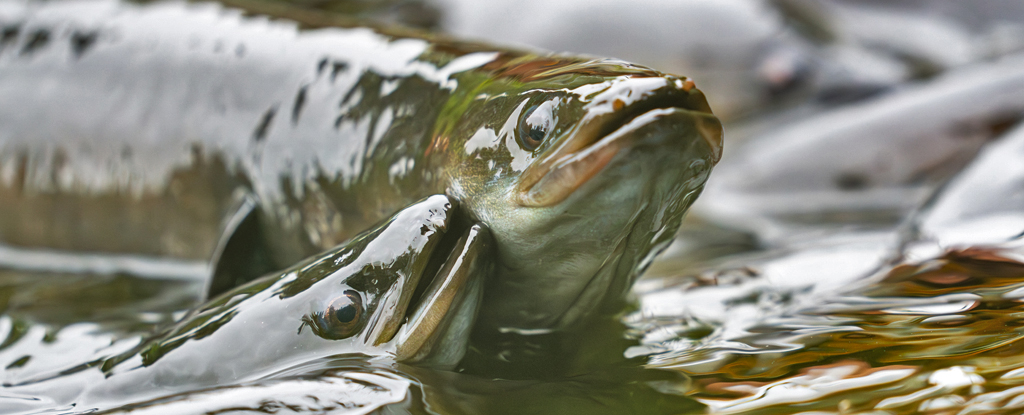Products You May Like
Over 3,500 juvenile eels (elvers) have been found dead in the Kauritutahi Stream on the northernmost flank of New Zealand’s North Island.
It’s the second mass eel death in New Zealand this year, with thousands of dead adult eels found a month ago in another stream at the opposite end of the country.
While the first mass eel death event was attributed directly to a toxic pollutant, the cause of the death for the juveniles is not immediately clear. Authorities are investigating, but there are signs environmental changes could be behind it.
Hona Edwards, a member of a local group that protects the stream, had noticed a decline in the Kauritutahi Stream’s water quality in recent years.
After the mass elver deaths were discovered, Edwards tested the waterways upstream and downstream and found none of the analyzed parameters were in their usual range, including levels of dissolved oxygen.
“We noticed some algae build up which generally is due to the stream water warming up,” Edwards told Avneesh Vincent at The Northern Advocate.
“Then the biggest percentage of the stream was observed to range from very limited to no water flow. When there’s no flow, the dissolved oxygen reduces, and the toxins build up in the waterway.”
While the cause is to be confirmed and toxins and disease still need to be ruled out, this event is only the latest in a spate of mass fish deaths across our planet, from the oceans to streams.
Some 1,200 metric tonnes (about 1,300 tons) of sardines and mackerel were discovered floating on the shores of Japan in December last year. The previous June, thousands of dead fish washed up on the Texas Gulf Coast. Last March, one of Australia’s longest rivers was smothered by millions of rotting fish carcasses. In 2022, 300 tons of fish corpses clogged the Oder River between Poland and Germany.
It is natural for mass fish die-offs to happen occasionally, but a 2022 study across the lakes of Minnesota and Wisconsin found they have increased in frequency over the past decade.
While these events get reported as isolated incidents, many appear to share similar patterns pointing to human disturbances. Reduced water volumes or flows from agricultural use and droughts, coupled with increasing nutrients from pollutants as well as warmer temperatures are all fueling excess algal blooms that deprive waters of oxygen, suffocating the other life within.
While newborn baby eels have a very low expected survival rate, the juvenile Anguilla eels found dead in Kauritutahi Stream had already passed the majority of their obstacles in their migration to the ocean when they succumbed, Cawthron Institute freshwater ecologist Simon Stewart says. Once they make it out to the open waters they travel to tropical regions to reproduce and can live up to 52 years.
To prevent cutting so many animals’ lives short we need to be more mindful of how we use our waterways, better regulate the pollutants they’re exposed to and take significant steps to reduce our climate impact.
“If we let warming continue, marine heatwaves will become more common and more intense, and there’ll be more of these kinds of die-offs,” Victoria University of Wellington climate scientist James Renwick told National Geographic last year after the Texas and Australian events.
“We need to stop burning fossil fuels immediately, or as soon as we can, because these problems are only going to get worse.”
